It was the ultimate selfie opportunity and but the tourists on Hangzhou-based wildlife filmmaker Xu Chenghua’s Antarctic excursion had been told to stay well away from the penguins.Xu, who has been to Antarctica twice, said the tourists were repeatedly reminded of the rules, including no littering and staying at least five metres (16 feet) from animals.
“But some Chinese visitors still behaved badly ... [including] making a lot of noise, dancing in front of the penguins and even shaking hands with them,” he said.
“This is a place that only rich people can afford, but I think their manners are inconsistent [with their wealth],” the filmmaker said.
As the ends of the Earth come with reach of more of the China’s tourists, scientists and tour operators are growing ever more aware of the need to manage the influx to minimise the impact on the continent’s fragile environment.
Wang Pei, a member of China’s 33rd Antarctica scientific study team, said he and his coworkers met visitors frequently when he worked at the Great Wall Station – China’s first on Antarctica – from December 2016 to February 2017.
When not immersed in field work handling data, team members at the South Shetland Islands research stationand were greeting anywhere from 12 to 100 visitors, mostly from China, up to four times a week, Wang said.
“It took them a lot to finally land in our own research station,” said Wang, a doctoral candidate at the University of Science and Technology’s school of Earth and space sciences based in Hefei, in eastern China’s Anhui province.
“We understand that many people wish to see it, and it seems to be unreasonable if we didn’t welcome them.”

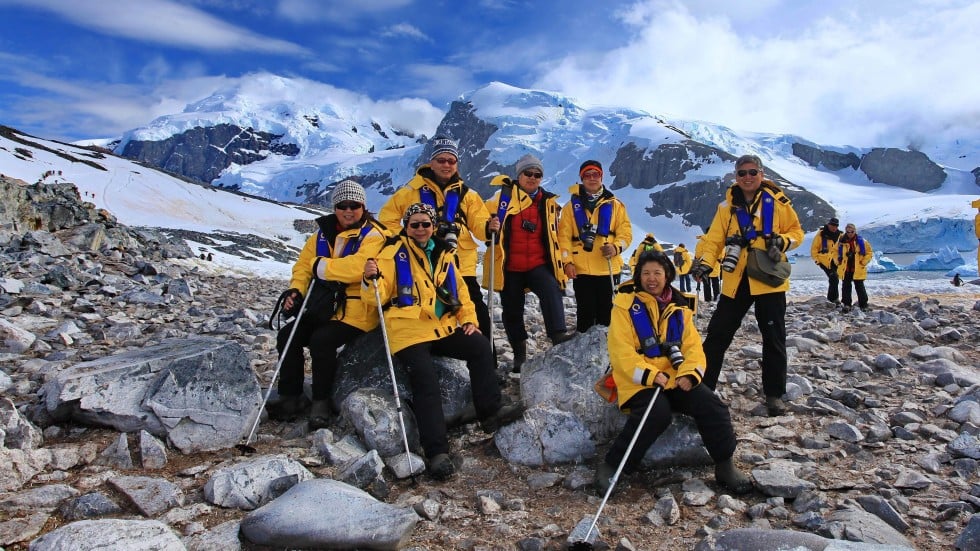


Is a tourist boom hurting China’s scientific research at the bottom of the world?
Swarms of visitors at China’s first research base in Antarctica are distracting scientists and raising worries about the impact of human traffic on the ecosystem
PUBLISHED : Saturday, 14 April, 2018,
Nevertheless, the frequent visits were getting in the way of research work, and raising worries about the impact of heavy human traffic on the region’s sensitive ecosystem, Wang said.
South Pole on bucket list of rich Chinese tourists – with trips costing US$100,000
China now trails only the US as a source of visitors to Antarctica, according to the International Association of Antarctica Tour Operators.
Of the more than 44,000 tourists who visited the world’s coldest, driest and windiest land mass during the 2016-17 summer season, 12 per cent were from China, compared with 33 per cent from the United States, data from the tour operators’ association showed.
The number of Chinese visitors was up a quarter from a year earlier.
“This market is getting bigger and bigger,” said Zhang Lei, general manager of polar exploration services for Caissa, one of the first Chinese travel agencies to enter the polar tourism market.
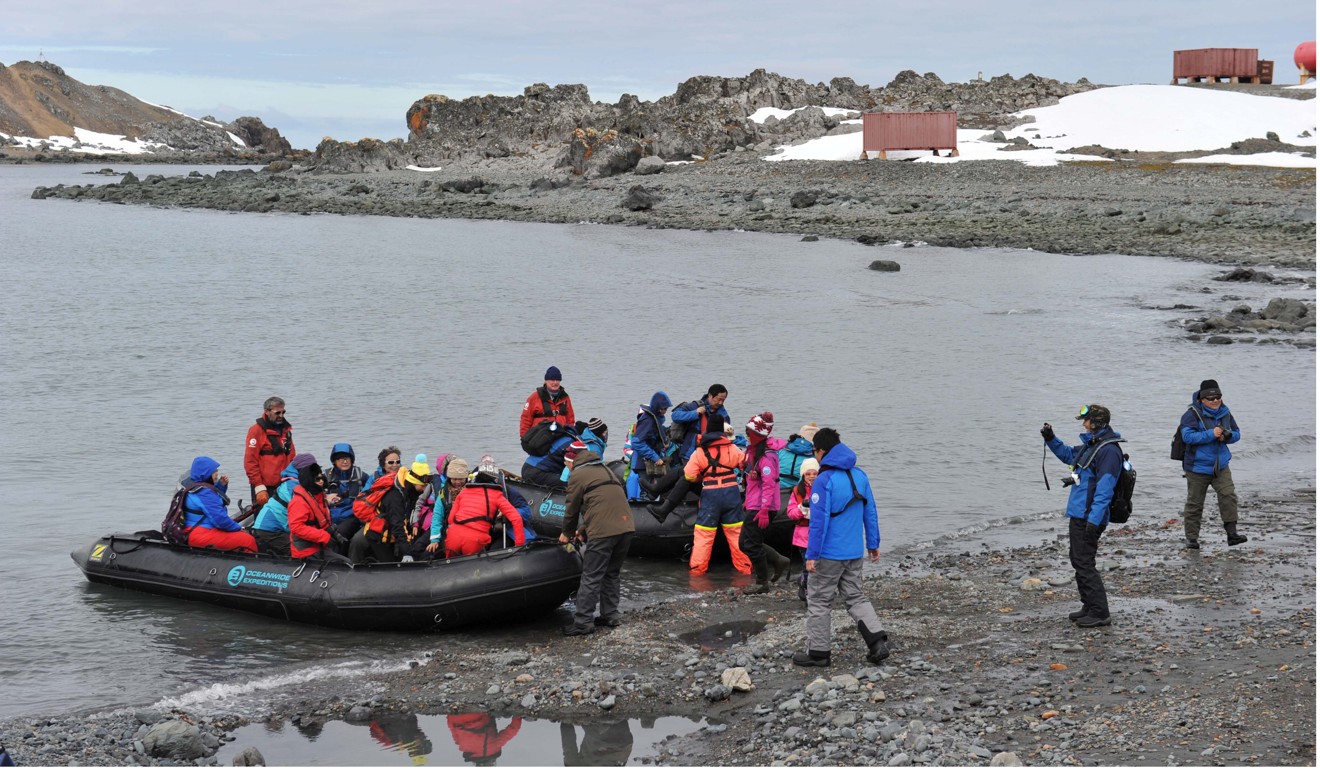
Tourists usually stayed at the Great Wall Station for about an hour, but took much longer to land and leave by boat, Wang said.
At least two or three workers at the station had to meet each group, explain the station’s work and prevent the tourists from venturing into dangerous areas, he said.
Happy feat: these penguins found a camera in Antarctica and captured an excellent selfie
A tourist group once was stranded at the station for nearly four hours because of extreme weather.
“They had to stay until the weather got better … But there wasn’t enough space for so many people,” Wang said.
“And it was noon, so everybody was starving. You know the food supply at Antarctic research stations is tight – we normally unload food once a year.”
Wang said the researchers gave the stranded tourists hot water and snacks.
“They really could have been forced to stay longer if they had worse luck,” he said. By the time they were finally able to board their boats to return to their ships, “the waves were still raging and wind still strong”.
Wang said authorities should conduct an assessment before further opening the region to tourists. Visits by the public also needed to be better organised, he said.
Industry insiders see the Antarctica tourism boom continuing. Limiting tourist numbers seems unlikely to happen, at least for now.
Chinese icebreaker steams for Antarctica in polar power play
Amanda Lynnes, head of communications and environment for the Antarctica tour operators association, said she expected growth in the sector “to continue in line with global tourism trends, the same being true for Chinese visitors”.
“Numbers are growing, but although 44,000 is relatively small compared to other wilderness areas or remote destinations – Iceland received 2.2 million visitors in 2017. Continued monitoring and collaboration on a grand and global scale was absolutely vital to protecting Antarctica’s extraordinary environment,” she said.

Human activity in Antarctica is managed through the Antarctic Treaty System, which provides a framework that the tour operators group works within. More than 50 parties, including China, have signed the treaty.
Limiting visitor numbers could be done only through a consensus of the Antarctic treaty nations, Lynnes said.
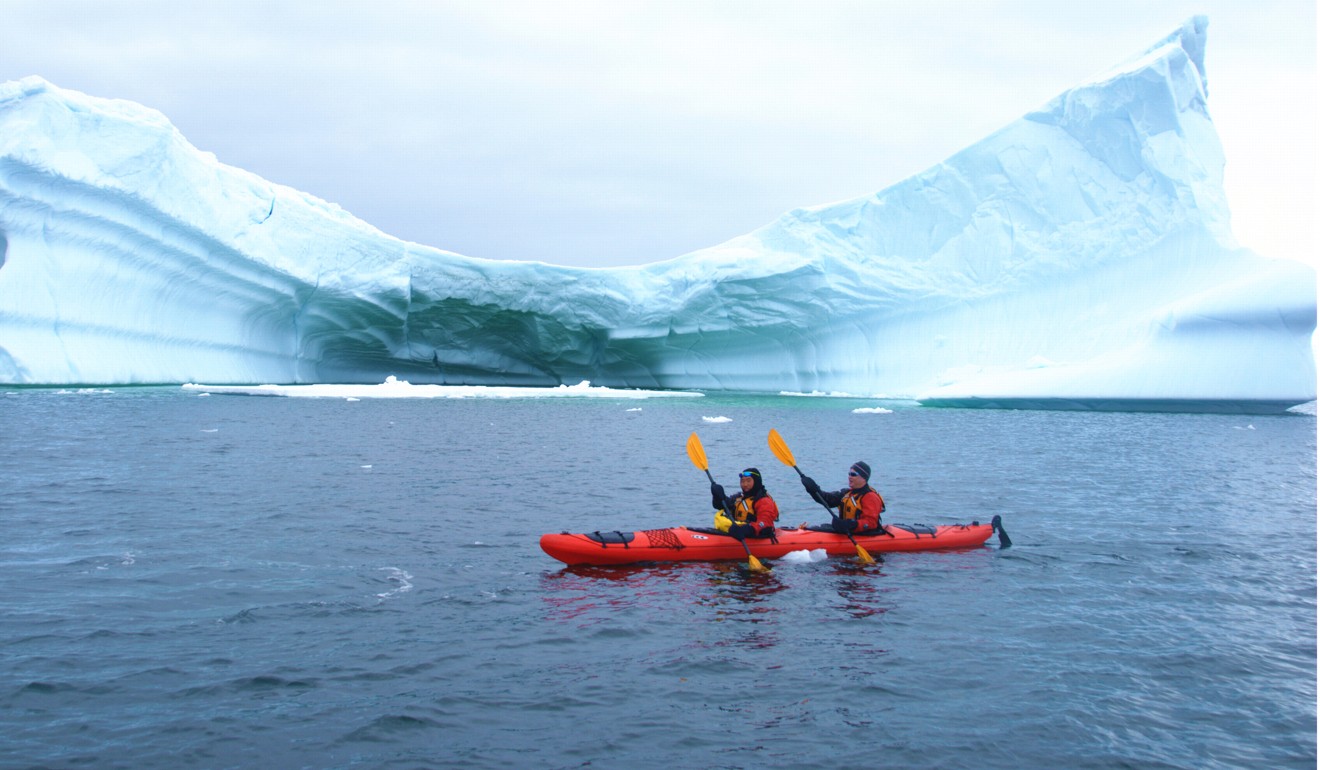
Zhang from Caissa said he expected the area to see strong growth over the next few years.
“Against the backdrop of China’s consumption upgrade” – consumers’ new-found preference for higher quality commodities and services and new experiences – “taking a polar cruise to explore Antarctica has become the ultimate travelling goal for many mid- and high-end consumers” he said.
Trillion-tonne iceberg, 70 times the size of Hong Kong Island, breaks off Antarctica
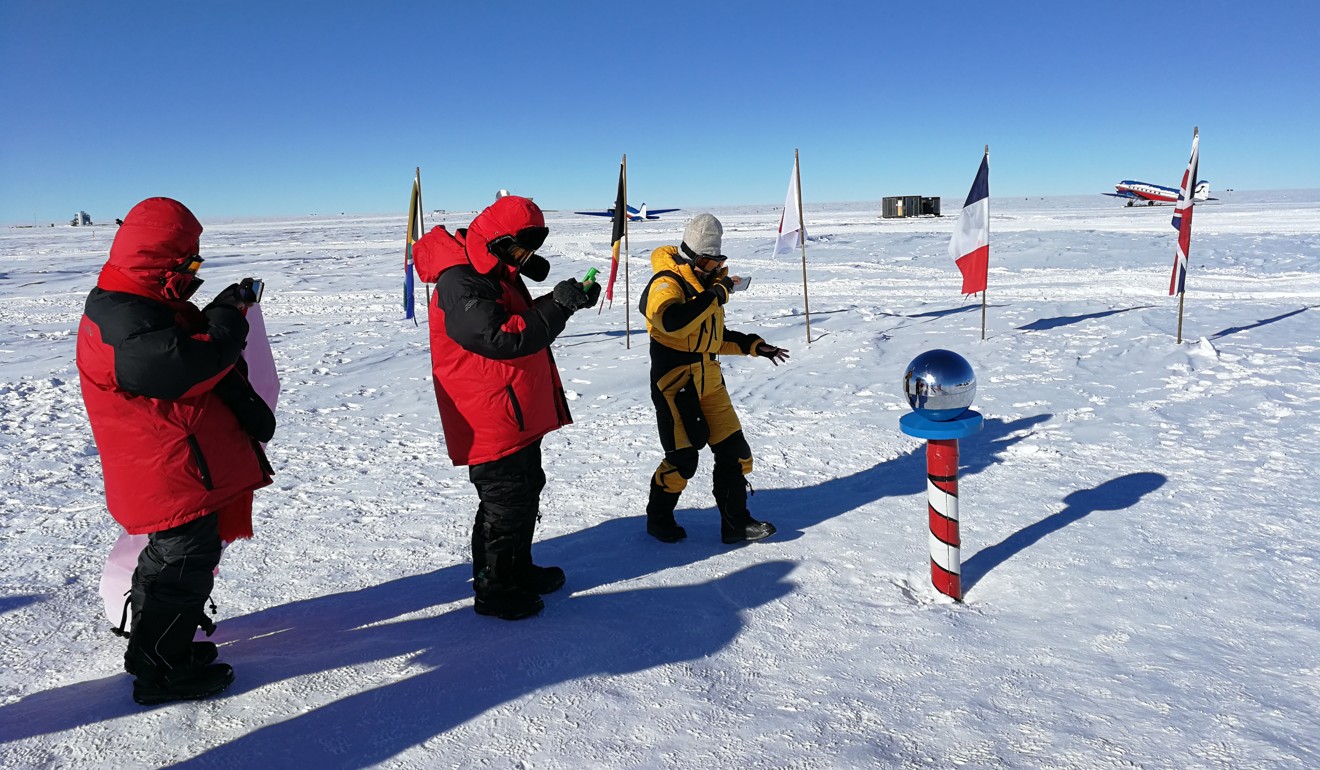
Zhang said environmental concerns were a major challenge in the outlook for Antarctic tourism.
The travel company had encouraged tourists to treat the environment well, by not disturbing animals or stepping on plants, and not leaving any rubbish, he said.
The company’s clients who visit Antarctica generally were well-travelled and love discovering new places, he said.
“They have [a sense of] responsibility for the course of the public good and environmental protection,” he said.
Antarctica, Arctic travel opens up as Aurora Expeditions launches purpose-built ship
Wang applauded Chinese visitors who showed environmental awareness and obeyed the station’s rules.
“But I think the increased visits from big boats would certainly lead to environmental issues and is worth our attention,” he said.
“The vessels themselves are a mobile source of gas and oil emissions, and we should also consider their impacts on sealife in such a sensitive ecosystem.”
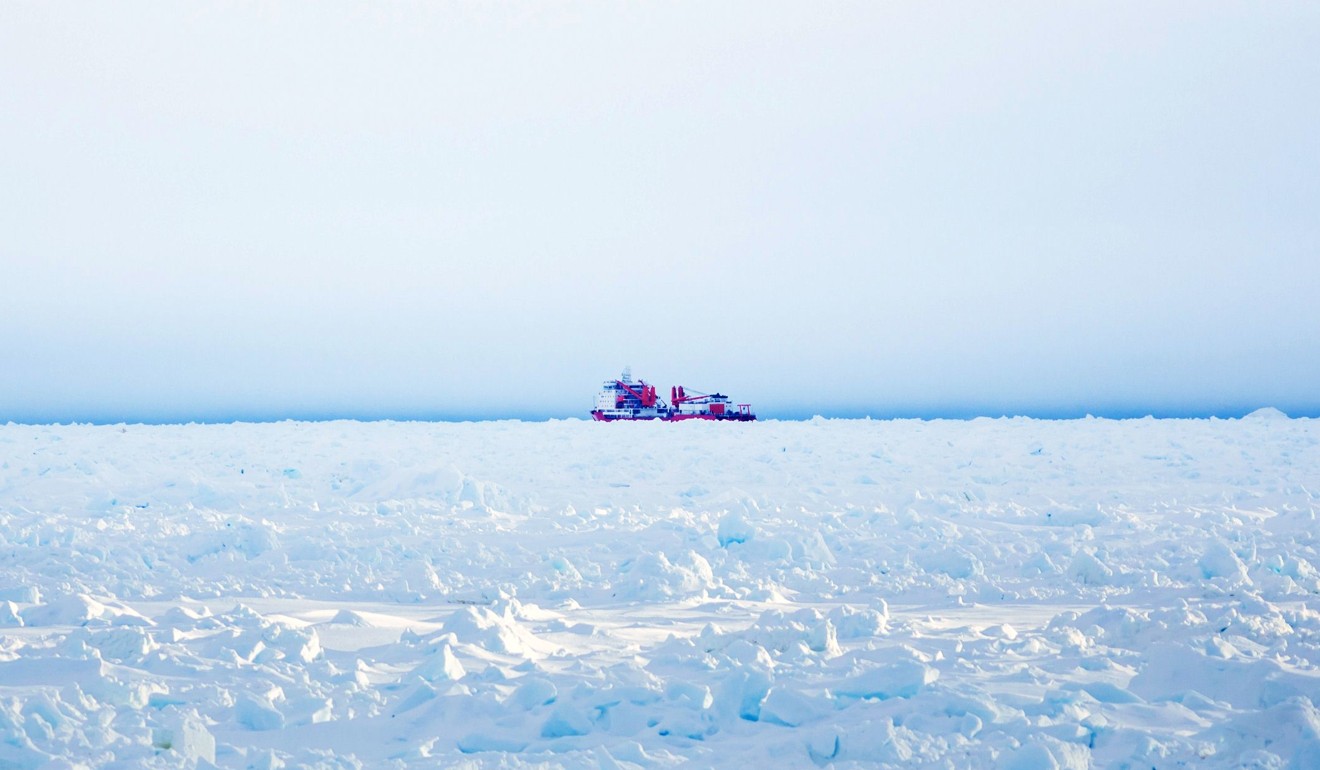
But Xu said most Antarctic tourism happened outside the Antarctic Circle – possibly limiting its impact.
Lynnes said, tour operators group mostly took visitors to coastal areas.
Few land-based operators fly visitors and expeditions from Punta Arenas or Cape Town to field camps in Antarctica’s interior.
China plans new science station in Antarctica
Such “deep field tourism” accounted for only 1 per cent of overall Antarctic tourism last year, according to statistics from the tour operators group.
“People are learning a lot more about Antarctica these days, and it’s not possible to close the region to travellers,” Xu said.
“Only when we learn about everything here, can we understand its beauty, implement our research and protection work.”
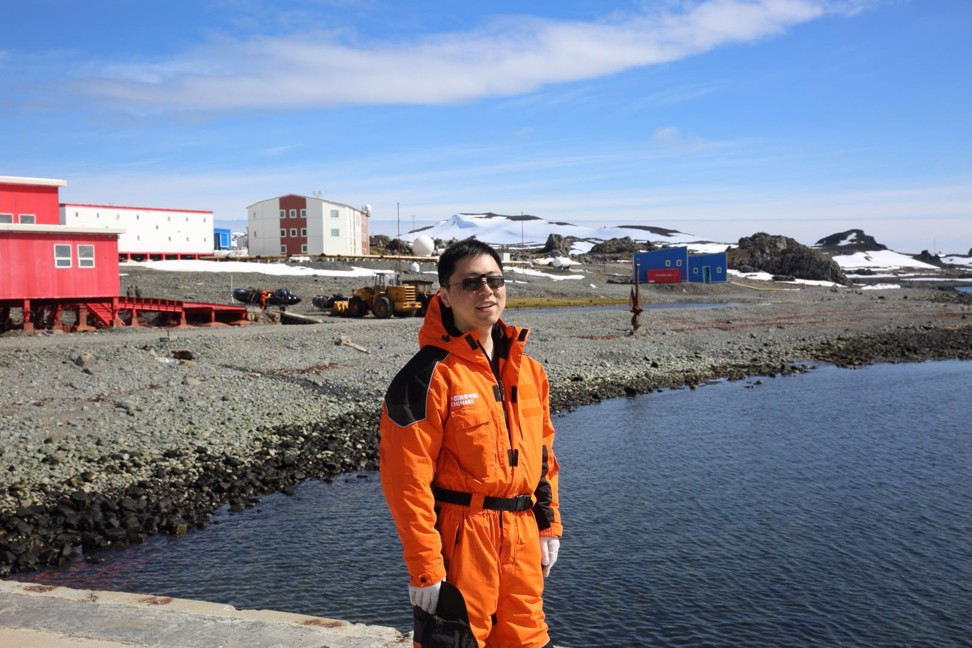
No comments:
Post a Comment
Comments always welcome!